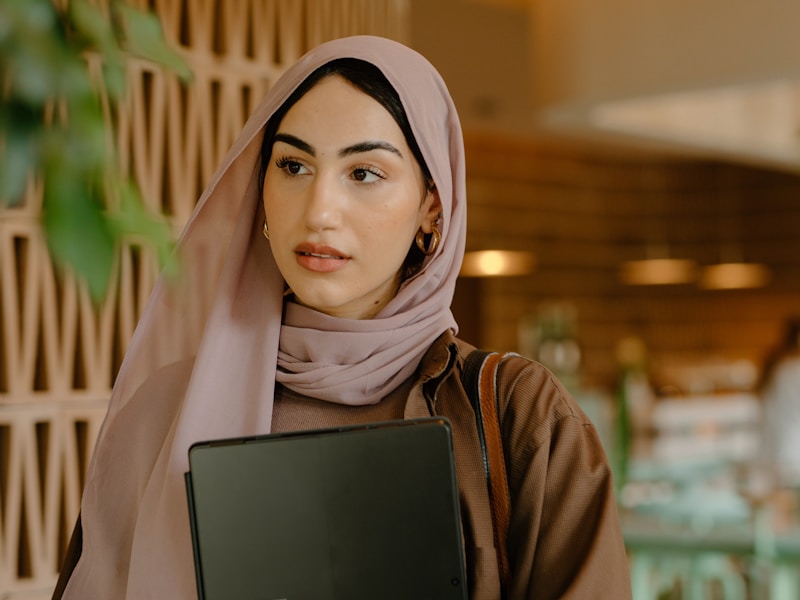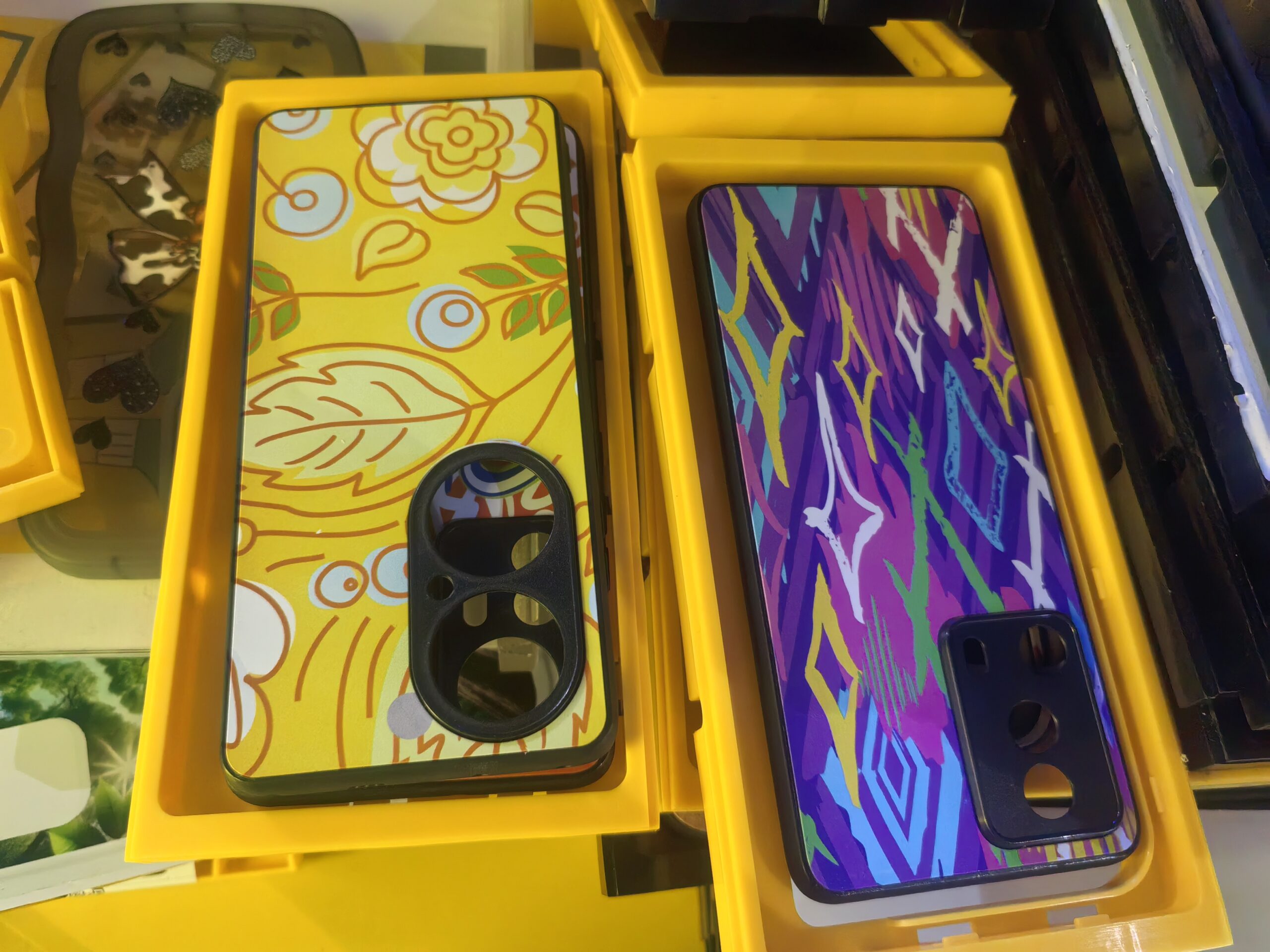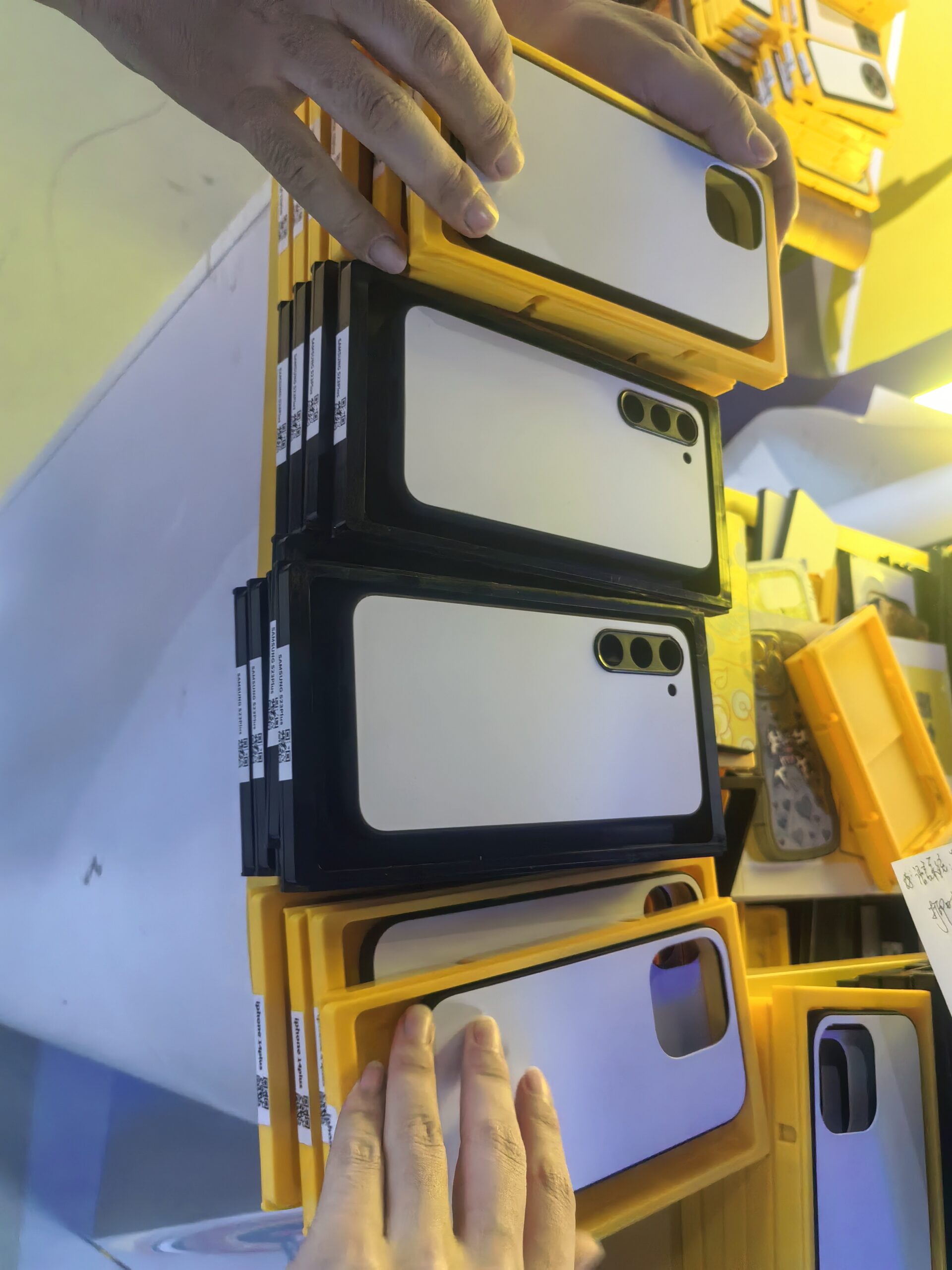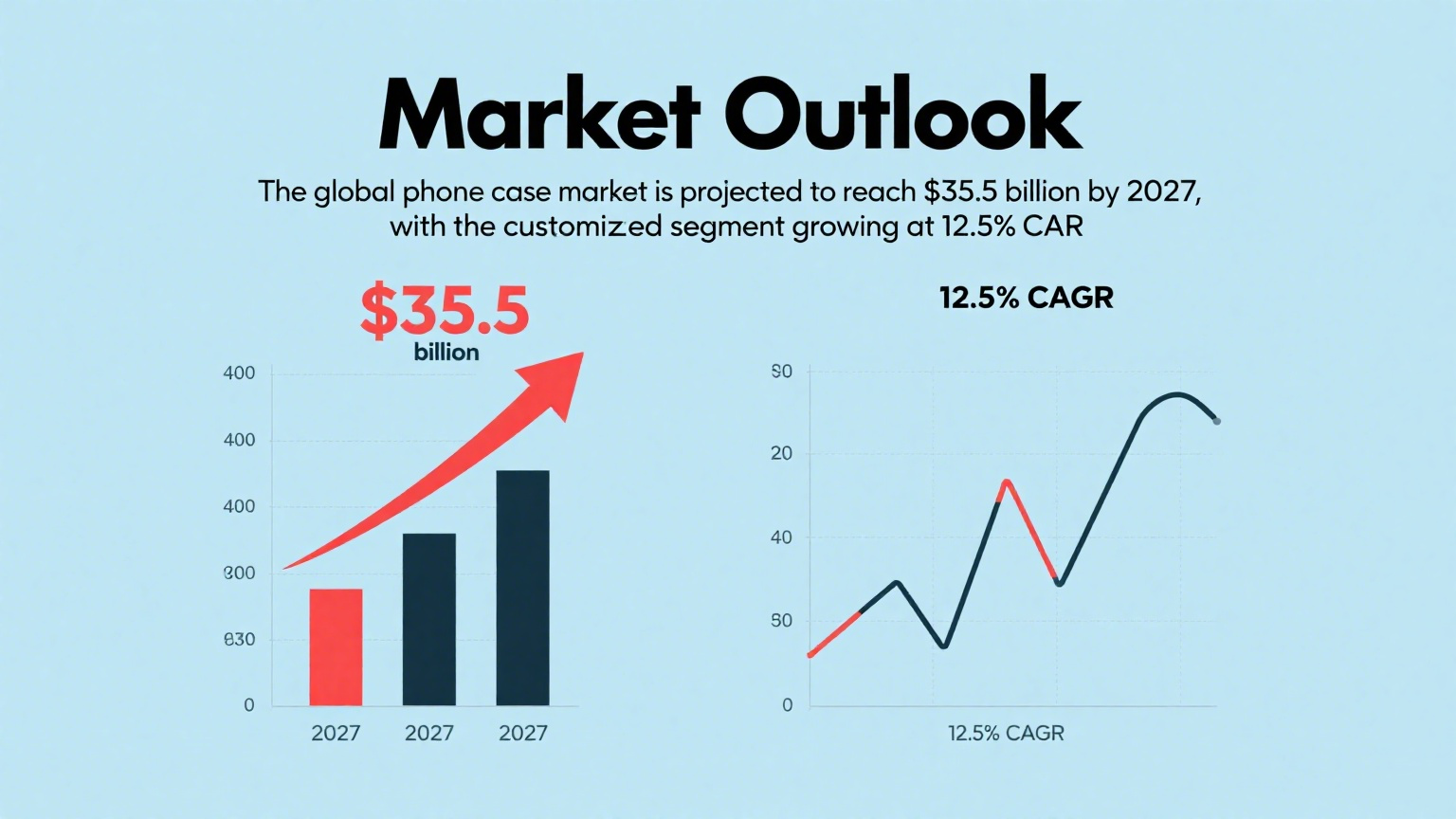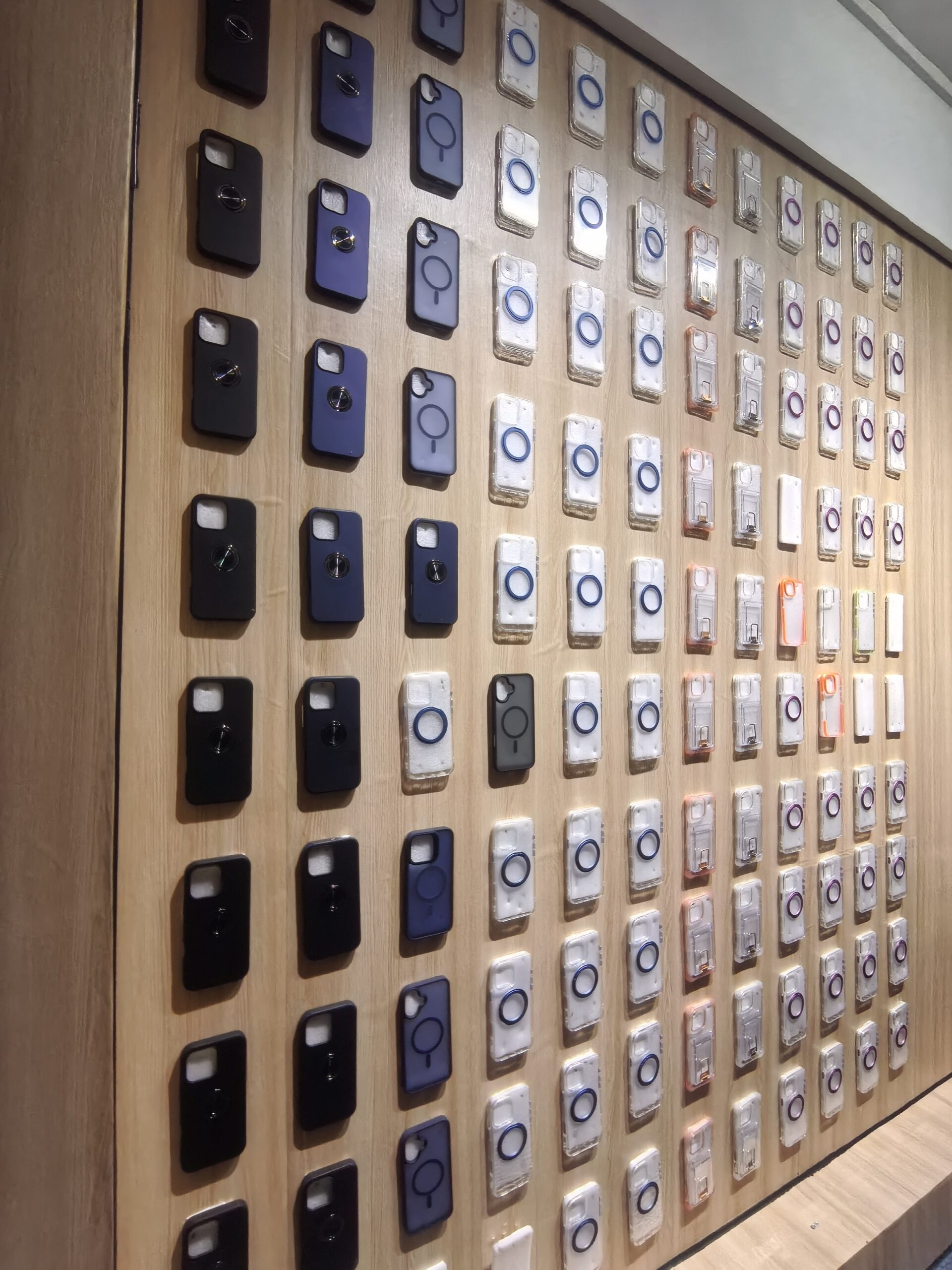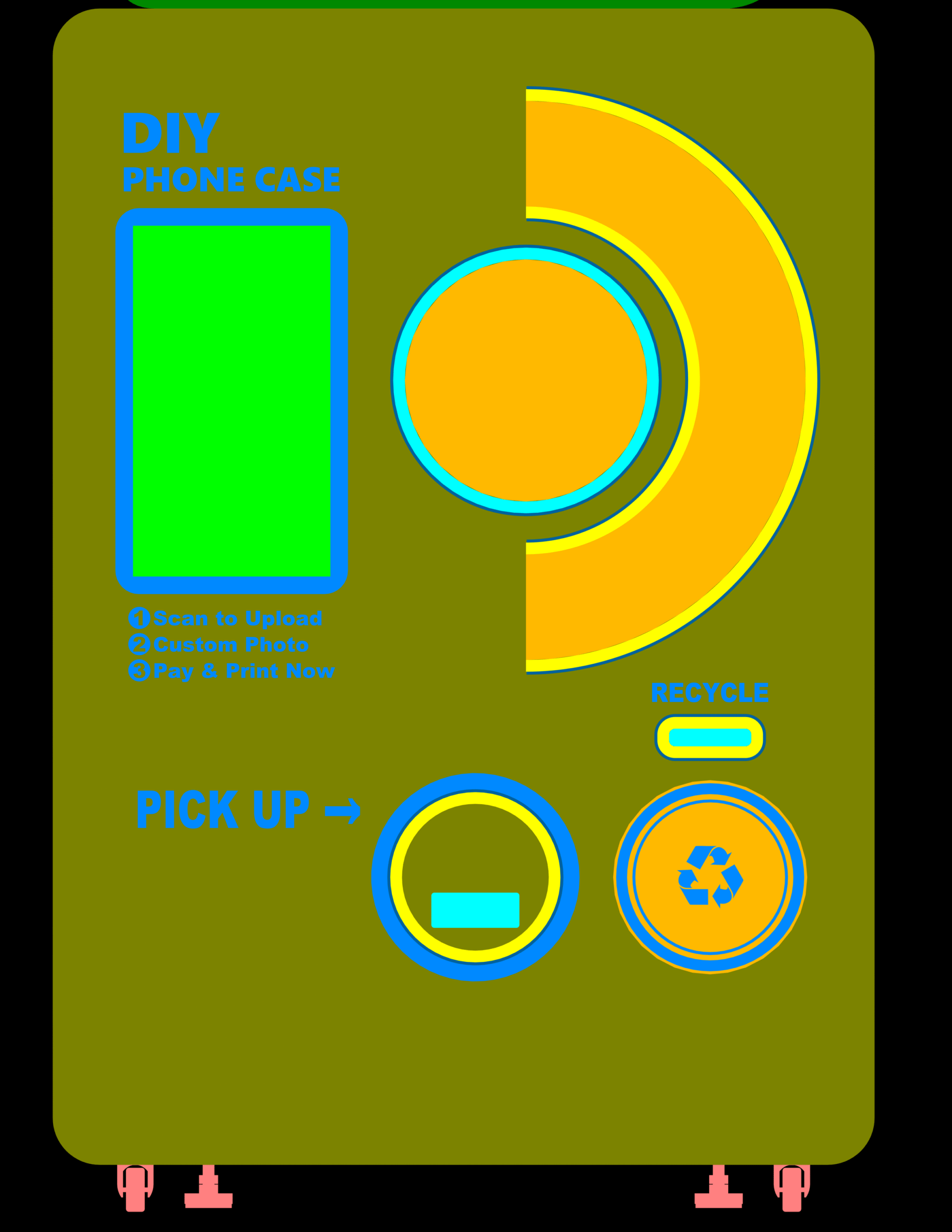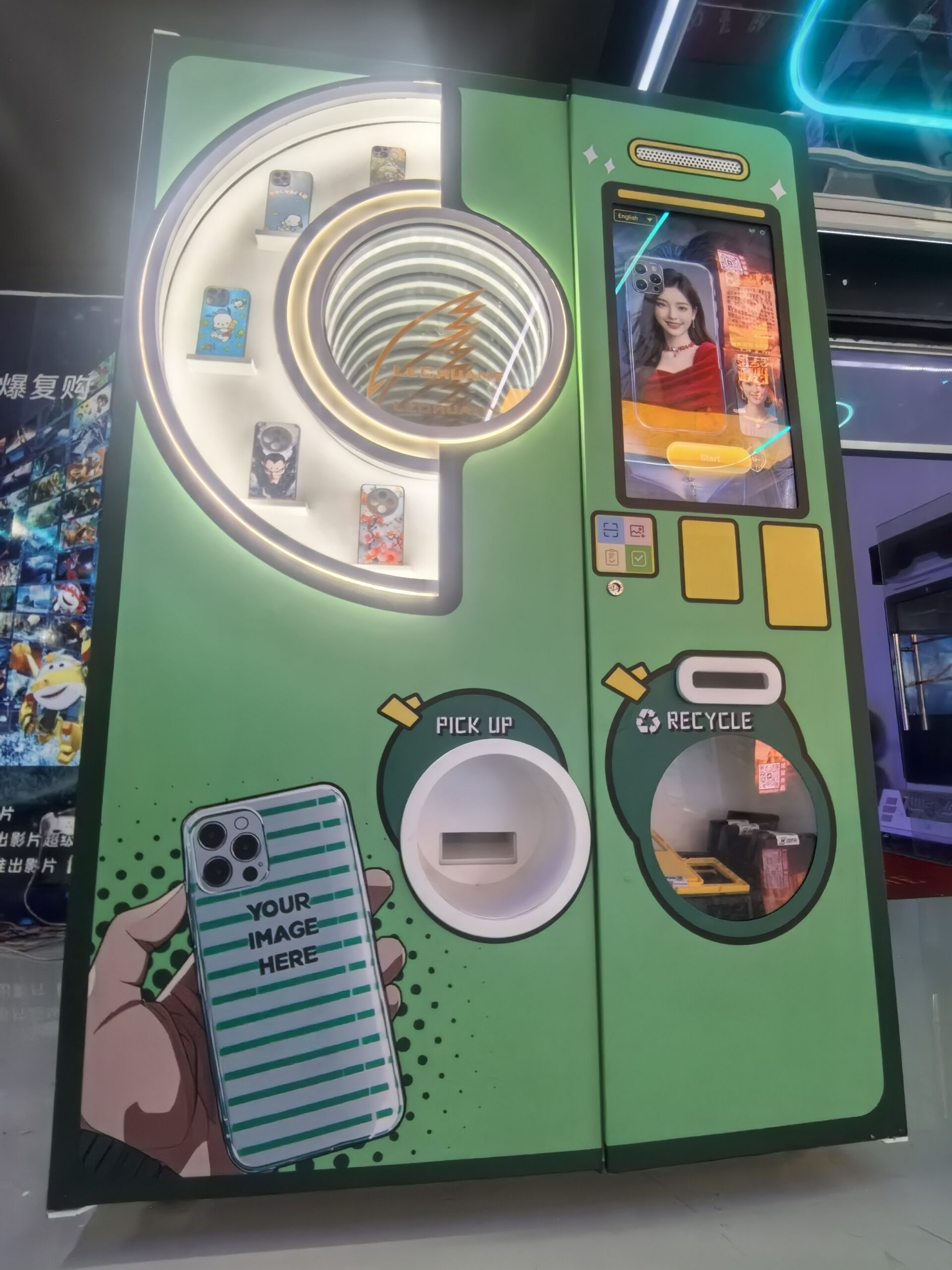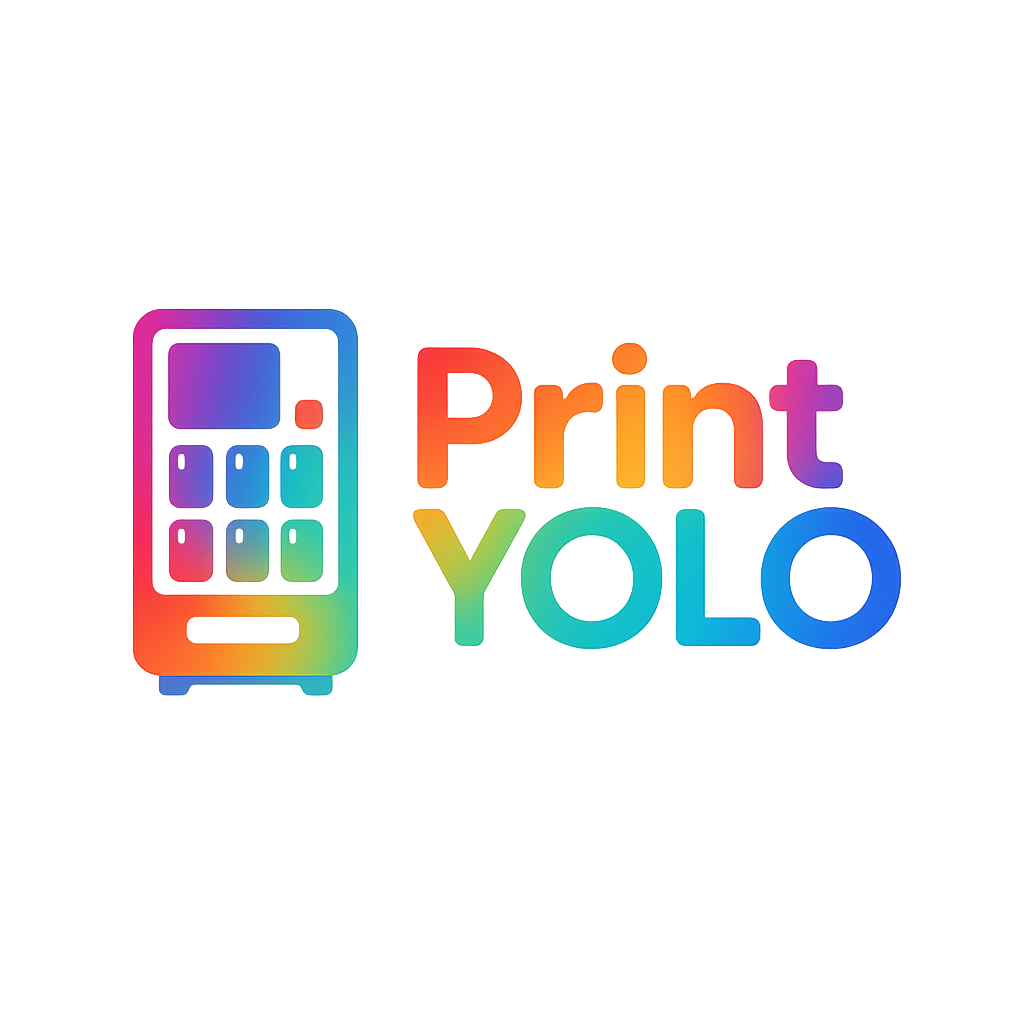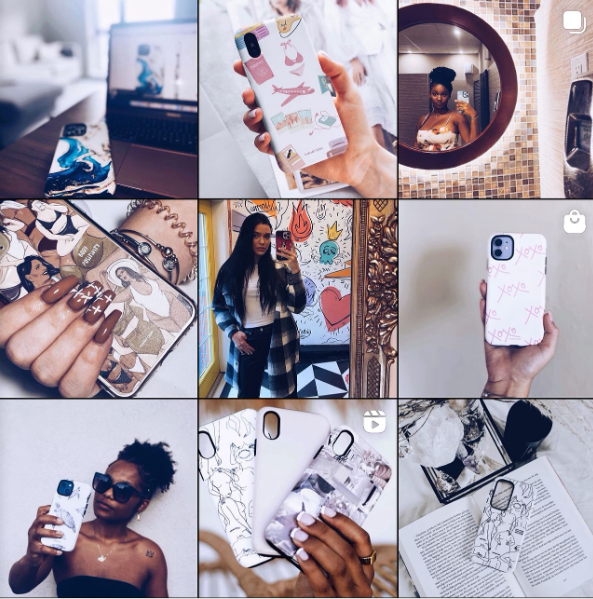
Why Have Custom Phone Cases Become So Popular?
Smartphone users face a common dilemma: balancing protection with personal style. Custom phone cases solve this problem by offering unique designs that reflect individuality while still providing essential device protection.
Custom phone cases have gained immense popularity primarily because they combine device protection with personal expression. These personalized accessories allow users to showcase their identity, interests, and aesthetic preferences while safeguarding expensive smartphones against drops, scratches, and everyday wear.
The phone case market is experiencing remarkable growth, with projections estimating an increase of $13.9-15.5 billion between 2024 and 2028. This surge isn't just about numbers—it reflects a fundamental shift in consumer behavior. Let's explore why custom cases have captured the hearts (and wallets) of smartphone users worldwide, and what this trend means for businesses in the phone accessory space.
What Are The Most Popular Customization Features In 2025?
Standard phone cases leave users feeling lost in the crowd. Custom cases with personalized photos, monograms, and unique designs help consumers stand out and express their true selves in an increasingly digital world.
The most popular customization features in 2025 include AI-generated artwork, augmented reality integrations, changeable design elements, sustainable material options, and personalized photos. Advanced printing technologies now allow for intricate designs with 3D textures, holographic effects, and customizable grip patterns.
The evolution of customization technology has transformed what consumers expect from phone cases. Today's buyers aren't satisfied with simple color choices or basic patterns—they want truly unique accessories that reflect their personal brand and lifestyle. This demand has fueled innovation in both materials and printing capabilities.
At PrintYOLO, we've seen firsthand how customization preferences have evolved. Our vending machines have continuously adapted to incorporate new technologies that meet customer expectations. The self-service model has proven particularly successful because it provides instant gratification—customers can design and receive their custom case within minutes.
Leading Customization Trends in 2025
| Feature | Consumer Appeal | Technical Requirements |
|---|---|---|
| AI-Generated Art | Unique designs based on user preferences | Advanced algorithms, high-resolution printing |
| Photo Personalization | Emotional connection, memory preservation | Quality image processing, color accuracy |
| Texture Variations | Tactile experience, improved grip | 3D printing capability, specialized coatings |
| Name/Monogram Options | Personal branding, gift potential | Precision typography, material compatibility |
| Changeable Elements | Versatility, seasonal adaptability | Modular design, durable attachment mechanisms |
| Material Selection | Alignment with values (eco-friendly, luxury) | Diverse inventory, material education |
What makes these features particularly attractive is the emotional connection they create between users and their devices. In our digital age, smartphones have become extensions of ourselves—constant companions that facilitate our work, social connections, and entertainment. A custom case transforms this technological tool into a personal statement piece that travels with us everywhere.
The rise of self-expression through consumer goods isn't limited to phone cases, but these accessories represent a perfect intersection of necessity and personalization. Unlike many other personalized items, phone cases serve a critical protective function while also being highly visible in daily life—making them ideal vehicles for self-expression.
How Are Eco-Friendly Materials Changing Phone Case Design?
Traditional plastic phone cases contribute to environmental pollution and waste. Eco-conscious consumers demand sustainable alternatives that protect both their devices and the planet, creating pressure for innovation in materials science.
Eco-friendly phone cases now utilize biodegradable bioplastics, recycled ocean plastic, wheat straw composites, bamboo, cork, and even compostable materials. These sustainable alternatives reduce petroleum dependency while maintaining durability standards, with many offering antimicrobial properties and improved shock absorption over traditional plastics.
The shift toward sustainability represents more than just a passing trend—it's reshaping the entire phone accessory industry. Manufacturers are investing heavily in research and development to create materials that balance environmental responsibility with the practical requirements of device protection.
What's particularly interesting about this evolution is how sustainability and customization are converging. Consumers want products that reflect both their personal style and their values. The ability to choose eco-friendly materials as part of the customization process adds another dimension to personalization.
Sustainable Materials in Modern Phone Cases
| Material | Environmental Benefits | Performance Characteristics | Customer Appeal |
|---|---|---|---|
| Bioplastics | Biodegradable, reduced carbon footprint | Good impact resistance, lightweight | Eco-conscious consumers |
| Recycled Ocean Plastic | Ocean cleanup, plastic waste reduction | Weather-resistant, durable | Ocean conservation supporters |
| Wheat Straw Composite | Agricultural waste utilization, compostable | Rigid structure, natural appearance | Health-conscious, natural aesthetic fans |
| Bamboo | Renewable resource, carbon sequestration | Natural antimicrobial properties, unique texture | Organic lifestyle enthusiasts |
| Cork | Sustainable harvesting, biodegradable | Natural shock absorption, lightweight | Unique texture seekers, eco-warriors |
| Recycled Textiles | Waste reduction, resource conservation | Soft touch, customizable patterns | Fashion-forward, sustainability minded |
At PrintYOLO, we've noticed increasing demand for eco-friendly options in our vending machines. We've expanded our material selections to include biodegradable alternatives, and customers respond positively to having these choices. The tactile experience of bamboo or cork adds another dimension to the customization process that goes beyond visual design.
The price point for sustainable materials has historically been higher, but economies of scale and manufacturing innovations are gradually reducing this gap. Many consumers are willing to pay a premium for products that align with their environmental values, especially when those products are also visually appealing and functionally superior.
How Has Social Media Influenced Phone Case Trends?
Generic accessories fail to capture attention in today's visual-first social landscape. Custom phone cases create Instagram-worthy moments and shareable content, helping users build their personal brand while protecting their devices.
Social media has revolutionized phone case trends through influencer collaborations, viral aesthetic movements, user-generated content campaigns, and platform-specific design challenges. Platforms like Instagram and TikTok drive rapid trend cycles, with cases featuring in "what's in my bag" content and outfit coordination posts gaining significant exposure.
The relationship between social media and phone case design is symbiotic. Platforms showcase trending designs, which drives consumer demand, while unique phone cases create visually interesting content for those same platforms. This feedback loop accelerates trend cycles and creates opportunities for viral moments.
What's fascinating is how different social platforms foster distinct aesthetic preferences. Instagram tends to favor visually cohesive, photographically appealing designs that complement a user's feed. TikTok drives more experimental, statement-making designs that perform well in short videos. Pinterest inspires DIY customization approaches that users can recreate.
Social Media Platforms and Their Impact on Phone Case Trends
| Platform | Trend Impact | Content Format | Consumer Behavior |
|---|---|---|---|
| High-end aesthetics, color coordination | Static images, Stories | Purchase for aesthetic coherence | |
| TikTok | Viral designs, novelty features | Short videos, challenges | Trend-based purchasing, quick turnover |
| DIY inspiration, seasonal trends | Idea pins, collections | Project-based customization | |
| YouTube | Detailed reviews, durability tests | Long-form content | Research-driven purchasing |
| Brand interactions, limited drops | Text, images, threads | Real-time trend awareness |
For businesses like PrintYOLO, understanding these platform-specific trends is crucial. Our vending machines in high-traffic areas like shopping malls naturally benefit from social sharing—customers often post videos of the printing process or their finished cases, creating organic marketing. We've enhanced this by incorporating social media-friendly elements into the user experience, such as AR previews that can be shared before printing.
The immediacy of our service aligns perfectly with social media culture's desire for instant gratification. A customer can see a trending design online, customize it to their preferences, and have the physical product in hand within minutes—then immediately share their creation with their followers, completing the social validation cycle.
What's Driving The Growth Of Personalized Phone Accessories?
Mass-produced phone accessories leave consumers feeling anonymous in a world of identical products. Personalization offers emotional connection and uniqueness that standard cases can't provide, creating stronger product attachment.
The personalized phone accessories market is growing due to increasing smartphone adoption, rising average device costs, expanding e-commerce accessibility, technological innovations in customization, and shifting consumer values toward individuality. The market is projected to reach $16-27 billion by 2028, with custom cases representing the largest segment.
The numbers tell a compelling story about the direction of consumer preferences. With smartphones becoming increasingly similar in appearance, the case has become the primary way users differentiate their devices. This functional necessity has transformed into an important fashion accessory and self-expression vehicle.
As a manufacturer of phone case printing vending machines, we've witnessed this growth trajectory firsthand. The demand for our machines has increased substantially as mall operators and retailers recognize the profit potential of offering on-demand customization. The business model works because it taps into fundamental consumer psychology—the desire for unique products that reflect personal identity.
Growth Factors in the Personalized Phone Accessory Market
| Factor | Impact Level | Business Opportunity |
|---|---|---|
| Smartphone Penetration | Very High | Expanding market size, especially in developing regions |
| Average Device Cost | High | Greater investment protection motivation |
| E-commerce Accessibility | Medium-High | Direct-to-consumer customization platforms |
| Gen Z & Millennial Values | High | Marketing focused on self-expression and individuality |
| Technical Innovation | Medium | New customization capabilities and materials |
| Social Media Integration | High | Viral marketing potential through shares and tags |
What makes the personalized phone accessory market particularly attractive is its resilience. Even during economic downturns, smartphone usage remains consistently high, and the relatively low price point of accessories makes them an accessible luxury. Consumers might delay purchasing a new phone, but they'll refresh their case more frequently to keep their device feeling new.
The data shows that customers are willing to pay a premium of 20-40% for personalized options over standard cases. This margin allows businesses like ours to offer high-quality products while maintaining healthy profits, creating a win-win scenario for both consumers and providers.
Why Is Smartphone Protection Driving Custom Case Adoption?
Expensive smartphones require adequate protection, but standard protective cases lack personality. Custom cases solve this dilemma by offering both premium protection and personalized style, eliminating the need to choose between safety and self-expression.
The increasing cost of smartphones—with flagship models now exceeding $1,000—has made protection a priority for consumers. Custom phone cases meet this need by combining military-grade drop protection with personalized designs, giving users peace of mind without sacrificing style, which traditional protective cases often fail to deliver.
The evolution of smartphone design has significantly influenced case requirements. As phones have become thinner with more fragile components like edge-to-edge glass screens, the need for robust protection has increased. Simultaneously, these sleek devices represent substantial financial investments that consumers want to protect.
Our PrintYOLO machines address this dual requirement by offering cases that feature multiple protective layers while still allowing for complete design customization. We've found that customers are drawn to the ability to create something uniquely theirs that also serves a critical functional purpose.
Protective Features in Modern Custom Cases
| Feature | Protection Benefit | Customization Impact |
|---|---|---|
| Reinforced Corners | Drop protection for most vulnerable areas | Design accommodations for thicker material |
| Air Cushion Technology | Impact absorption | Compatible with precision printing |
| Raised Bezels | Screen and camera protection | Design opportunities around edges |
| Microfiber Lining | Scratch prevention | Hidden customization potential |
| Material Layering | Enhanced durability | Multiple texture and color options |
| MagSafe Compatibility | Accessory protection | Design considerations for magnets |
What's particularly interesting about the protection aspect is how it influences repeat purchases. A customer who has had a positive experience with a protective case that saved their phone from damage is likely to become a loyal customer. When that protection comes in a design they love, the emotional connection to the product becomes even stronger.
The data shows that approximately 75% of smartphone users employ some type of case, with protection being the primary motivation. However, among those who prioritize protection, over 60% still consider aesthetics important in their purchase decision. This intersection of needs creates the perfect market opportunity for customized protective cases.
Custom phone cases have become essential accessories by perfectly balancing protection, personalization, and sustainability. As the market continues expanding, innovative customization options and eco-friendly materials will drive further growth, making personalized cases a smart business opportunity in today's smartphone-centric world.
